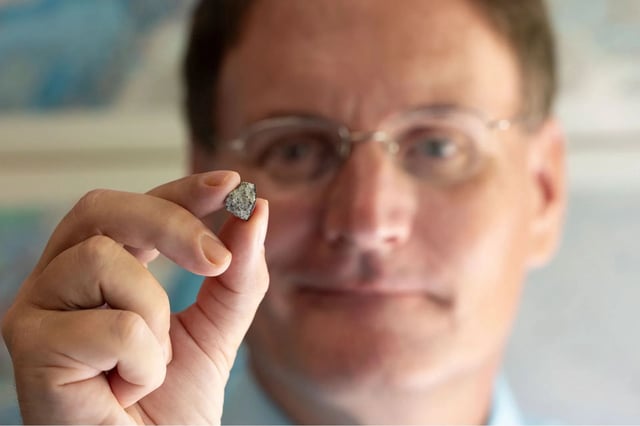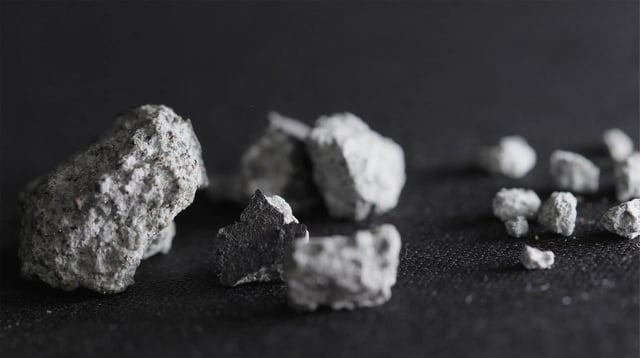Overview
- On June 26, a daylight fireball generated sonic booms across the Southeast and a fragment pierced a McDonough home’s roof, HVAC duct and floor.
- Optical and electron microscopy of 23 grams of the recovered material revealed a low-metal L-type ordinary chondrite classification.
- Isotopic signatures suggest the rock originated in the main asteroid belt and tie it to a breakup event roughly 470 million years ago.
- Of the roughly 50 grams of fragments recovered, UGA has retained specimens for study and slated remaining pieces for display at the Tellus Science Museum.
- The team has proposed the name McDonough Meteorite to the Meteoritical Society and plans a peer-reviewed paper detailing its composition and impact dynamics.



